About citrus fruits. And about the need to check facts (20 photos)
Wandering around the Internet, on one site I came across a comment under an article about pomelo (the largest citrus in the world). This comment both amused me and made me think. On the one hand, the Internet allows us to check almost any fact (although sometimes we have to do some digging). On the other hand, we don’t use it much. And therefore, I would like to touch on two topics at once. Talk about the pedigree of citrus fruits and show that facts need to be checked. 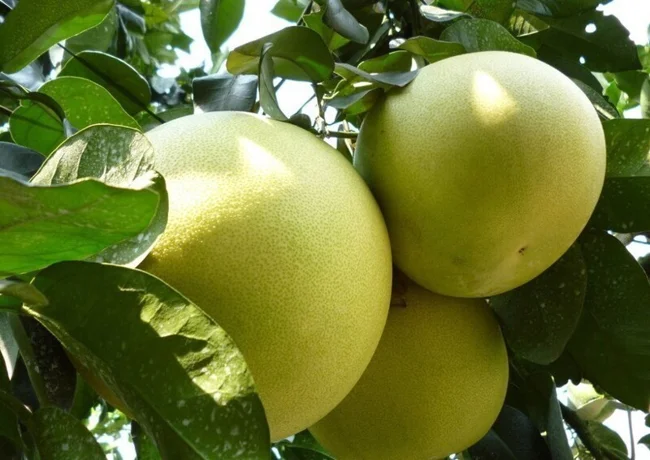
This is how a pomelo grows
Often, it is necessary to check even facts that seemed to us to be reinforced concrete. Because human perception is not ideal, and what we were taught yesterday as reliable facts may no longer be so reliable today. And that's normal.
In general, here is the comment that prompted me to write an article (we are talking about pomelo):
“An exotic fruit for everyone. I bought it once or twice, the price is not expensive, I didn’t really like it. It tastes bitter. Reminds me of grapefruit. Still, I prefer ordinary oranges, tangerines, lemons, that is, not hybrids.” 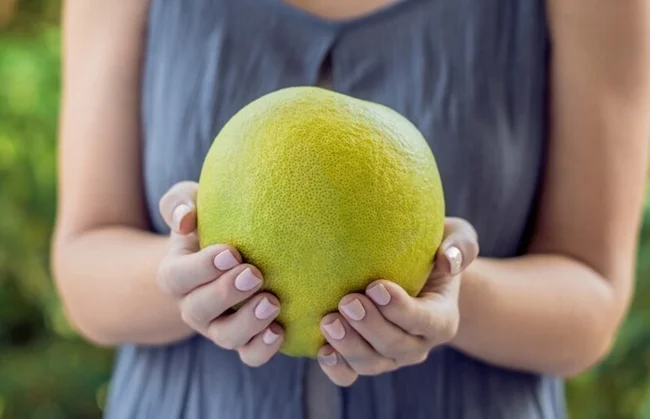
And this is the pomelo fruit (it is also called sheddock)
Those who are already in the subject will understand what is going on here.
Pomelo is not a hybrid, which the girl doesn’t like so much. But some of the “non-hybrid” citrus fruits listed by her are hybrids. Orange, grapefruit and lemon are hybrids, and pomelo is, in fact, a “wild” citrus (meaning that it is not a hybrid, but grew in the wild, while modern pomelo, the fruits of which can weigh up to 10 kilograms and those sold in stores are already cultivated varieties).
It would seem that this fact can be verified once. But it is not checked.
And I’ll say right away that I am NOT reproaching a girl who doesn’t know that an orange is a hybrid. I admit that many people do not know about this. We ALL (me too) make mistakes in the simplest things, especially those that are not within the scope of our professional activities.
We all trust what can either be outdated, or refuted, or be a simplification of some more complex phenomena and processes (this is often characteristic of school knowledge).
So this comment is not a mockery of a specific person, but an illustration of the fact that we can all make mistakes. 
This is also a broom
Now let's figure out who among the citrus fruits is a hybrid and who is not and why.
Of course, what will be written next is not taken from my head. This is the result of many years of scientists trying to figure out the confusing "pedigree" of citrus fruits.
But! And this can also be quite controversial information and be refuted later. Moreover, on some points even now there are big disagreements.
So - this article in itself can serve as evidence of distortion and obsolescence of information. Perhaps after some time what is written here will turn out to be irrelevant and incorrect.
Just a couple of weeks ago, a video called “Citrus Santa Barbara” was posted here, which talks about the intricate pedigree of citrus fruits, which turned out to be a little more complex than ordinary perception (link to article with video: Citrus Santa Barbara).
It didn’t go over very well with users, who complained that all this was not duplicated in text. Therefore, below I will duplicate the information on each citrus. At the same time, I’ll add mine.
This is a tangerine. A separate species, not a hybrid 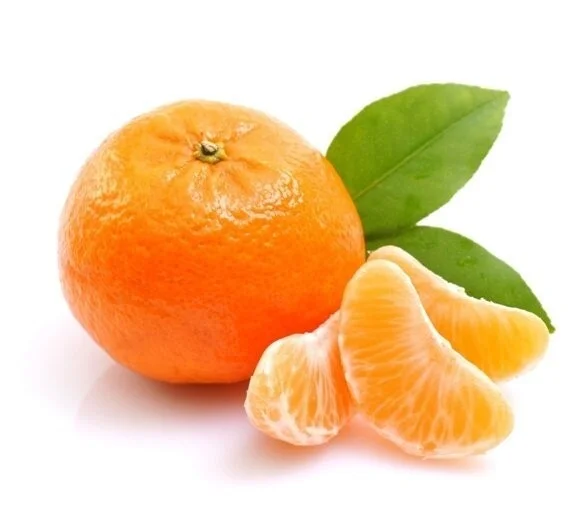
Orange is a hybrid of pomelo and tangerine 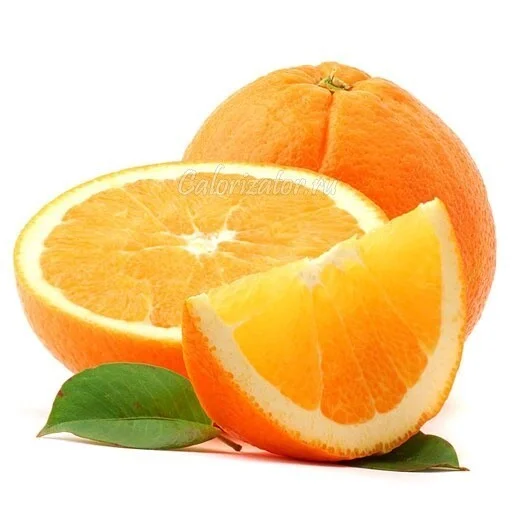
Grapefruit is a hybrid of an orange and a pomelo 
Sweetie (may have a pure yellow peel) - a hybrid of grapefruit and pomelo 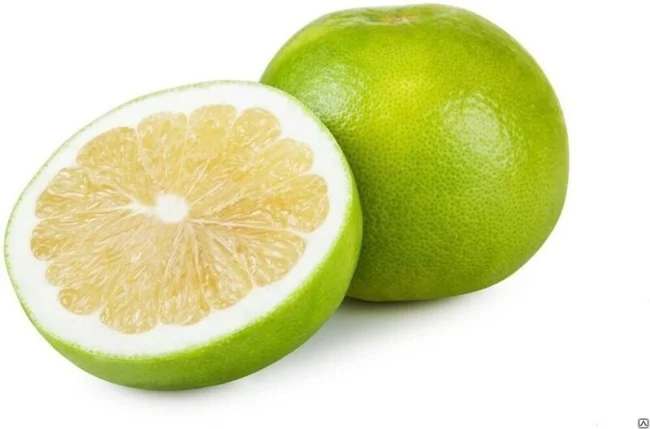
Pomeranian - a hybrid of tangerine and pomelo (another one) 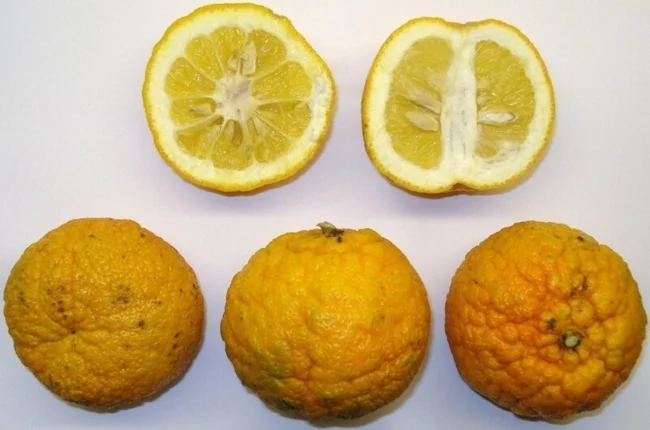
Some sources call it “bitter orange.”
Lemon - a hybrid of orange and citron 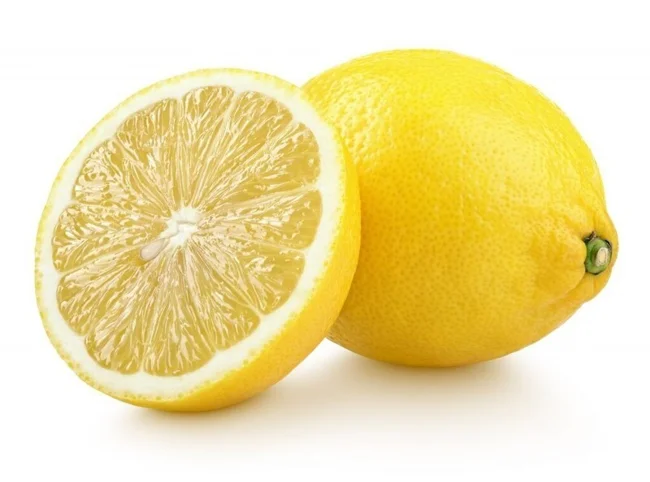
It is also considered by some sources to be a hybrid of lime and orange. But, according to the latest genetic data, the answer given in the video is closer to the truth.
Citron is not a hybrid 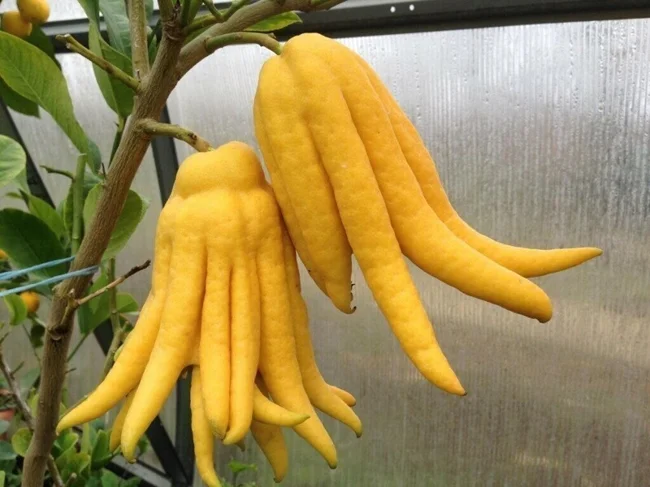
And this is also a citron 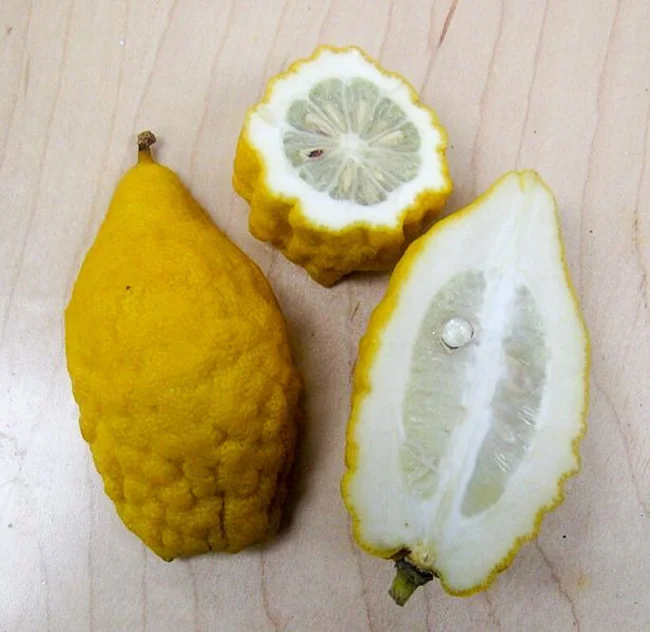
Lime is a hybrid of citron and micrantha 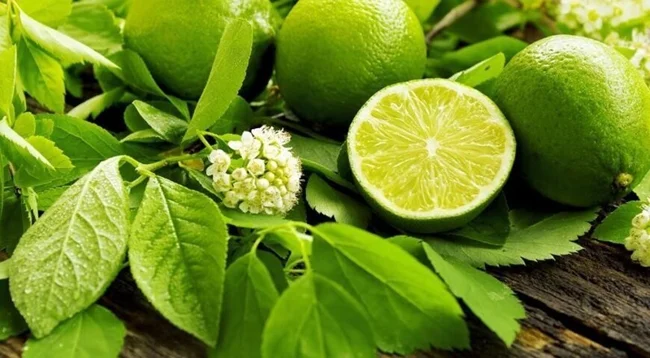
For example, I didn’t know that lime is a hybrid. I didn’t know that there was such a citrus as “micranta”. But it turns out there is (you need to look for it by the Latin name C. micrantha). And yes, studies have shown that some varieties of lime may be hybrids of the same “micranta” and citron.
But there are a lot of varieties of lime, they can differ sharply from each other. And perhaps by “lime” we mean different plants and hybrids.
This is also lime 
Clementine - a hybrid of tangerine and orange 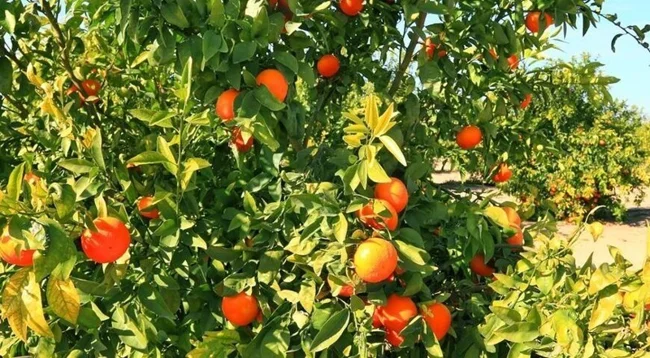
Bergamot - a hybrid of orange and citron 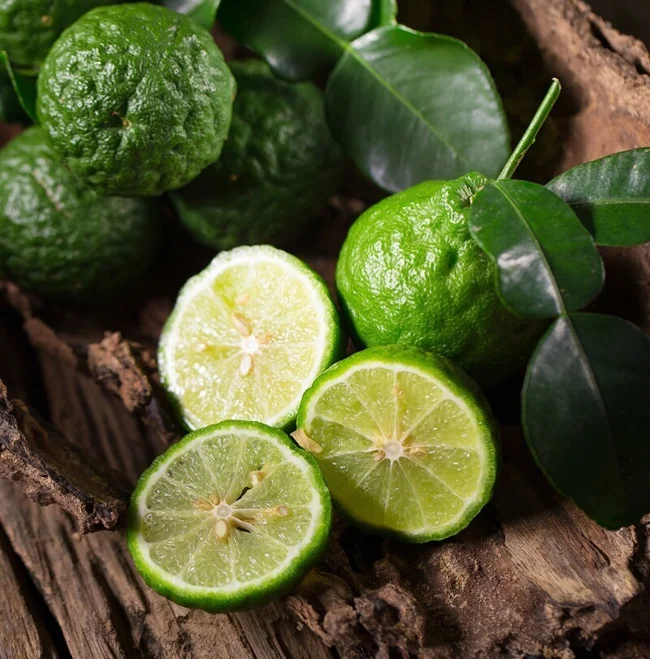
Rangpur - a hybrid of tangerine and lemon 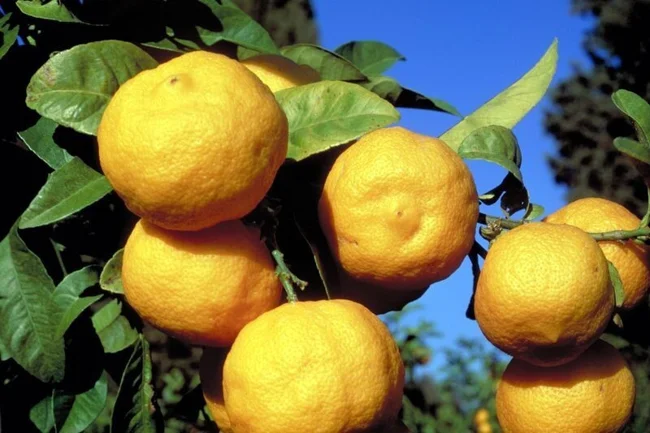
Tangelo - a hybrid of tangerine and grapefruit/pomelo 
The question is what is tangerine? Some consider it just a variety of tangerine, others - as a separate species of the Citrus genus.
And finally, kumquat, also known as Fortunella. NOT in the genus Citrus 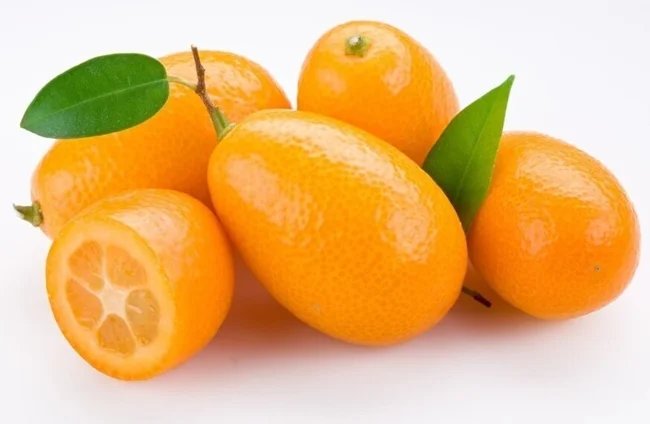
According to research, this is still a separate genus, although very close to citrus fruits. Although, in many places it is still classified as Citrus.
What data can indicate that some plants are independent species? Are others hybrids of these same species?
1) For example, because the wild ancestors of the same tangerines, pomelo and citron were found (in the form of the plants themselves or fossils, or both). And, here are the wild ancestors (fossils) of supposedly hybrids - somehow, not very much.
But this in itself cannot mean that some plants are hybrids, while others are natural. This is just one stroke in the overall picture.
2) When cross-pollinating the same pomelo, tangerine or citron, we get hybrids reminiscent of oranges, bitter oranges, etc. Of course, they are far from perfectly similar, because the same oranges themselves have been cultivated for a very long time, mutated on their own and have already given rise to a huge number of species and hybrids. And the tangerines and pomelo themselves are no longer the same as their “wild” ancestors.
There is a widespread opinion that even modern wild tangerines, for example, are no longer the same original ancestor of the tangerine itself and a large number of hybrids. But simply degenerate varieties that were once cultivated.
But such hybrids have common features. And, before genetic studies of citrus fruits, reference was made, for the most part, to the results of hybridization.
3) And finally, genetics. 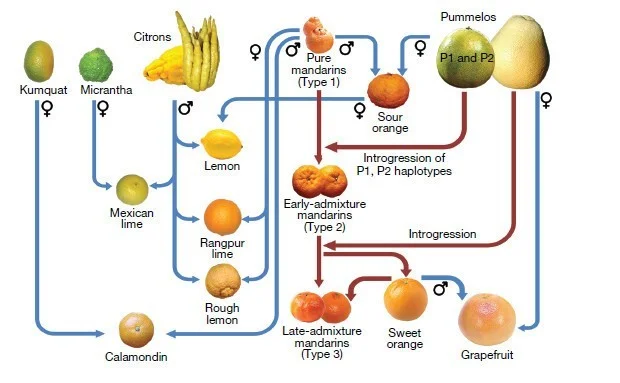
The picture shows one of the modern ideas about how species of the genus Citrus hybridized according to the results of genetic research. Perhaps it is genetic research that can most fully reveal the intricate pedigree of citrus fruits.
Pay attention to one hybrid of kumquat and tangerine. If those who classified the kumquat as a different genus are right, then this is not an interspecific, but an intergeneric hybrid.
What we call "hybrids" does not necessarily mean that these hybrids are the result of human crossing of wild species.
It is quite possible that some of these hybrids are natural hybrids. The ancestors of citrus trees found themselves in different conditions and developed there in isolation from each other. And then they “met” nearby and cross-pollinated.
Their descendants could reproduce, giving rise to both individual types of hybrids, and further hybridizing with their ancestors, giving rise to other hybrids.
In general, the story with the pedigree of citrus fruits serves as another good proof of evolution at the interspecific level. 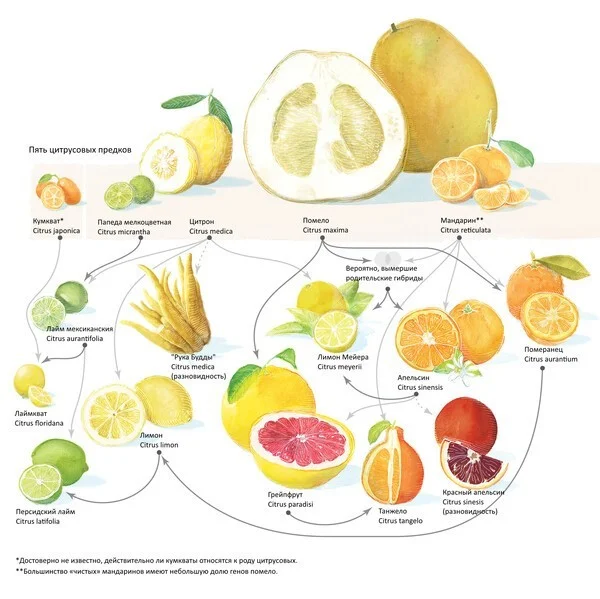
Here is another picture of citrus hybridization
And, in the end, I would like to once again draw attention to the comment with which I began the article.
The girl likes exactly “non-hybrids”, but doesn’t like “hybrids”. Yes, she mixed everything up, but she did it in such a way that the citrus fruits she likes turned out to be not hybrids.
What's wrong with hybrids? We eat an orange and don’t even think that it’s a hybrid.
So it’s better for all of us to check the information.





